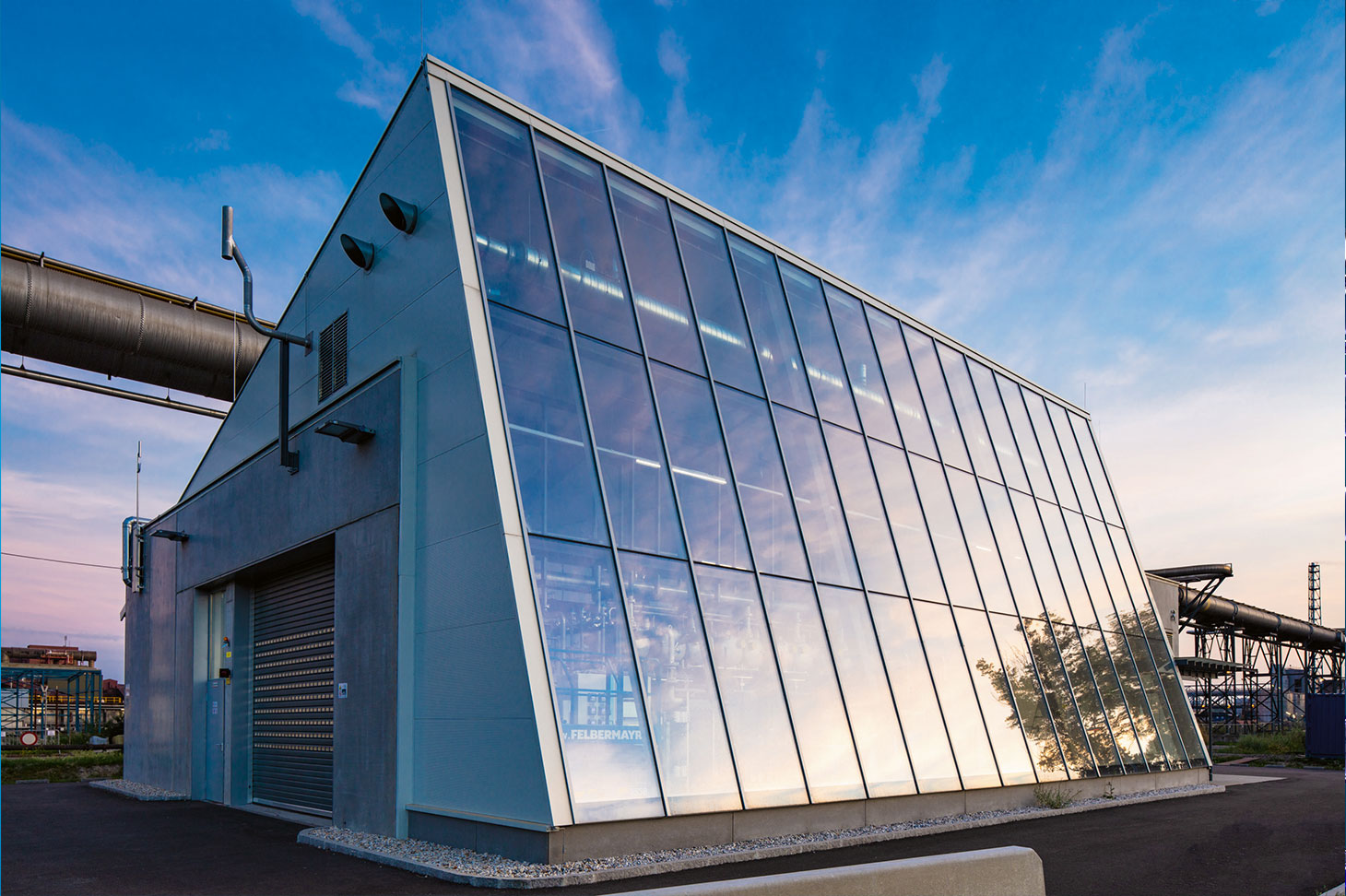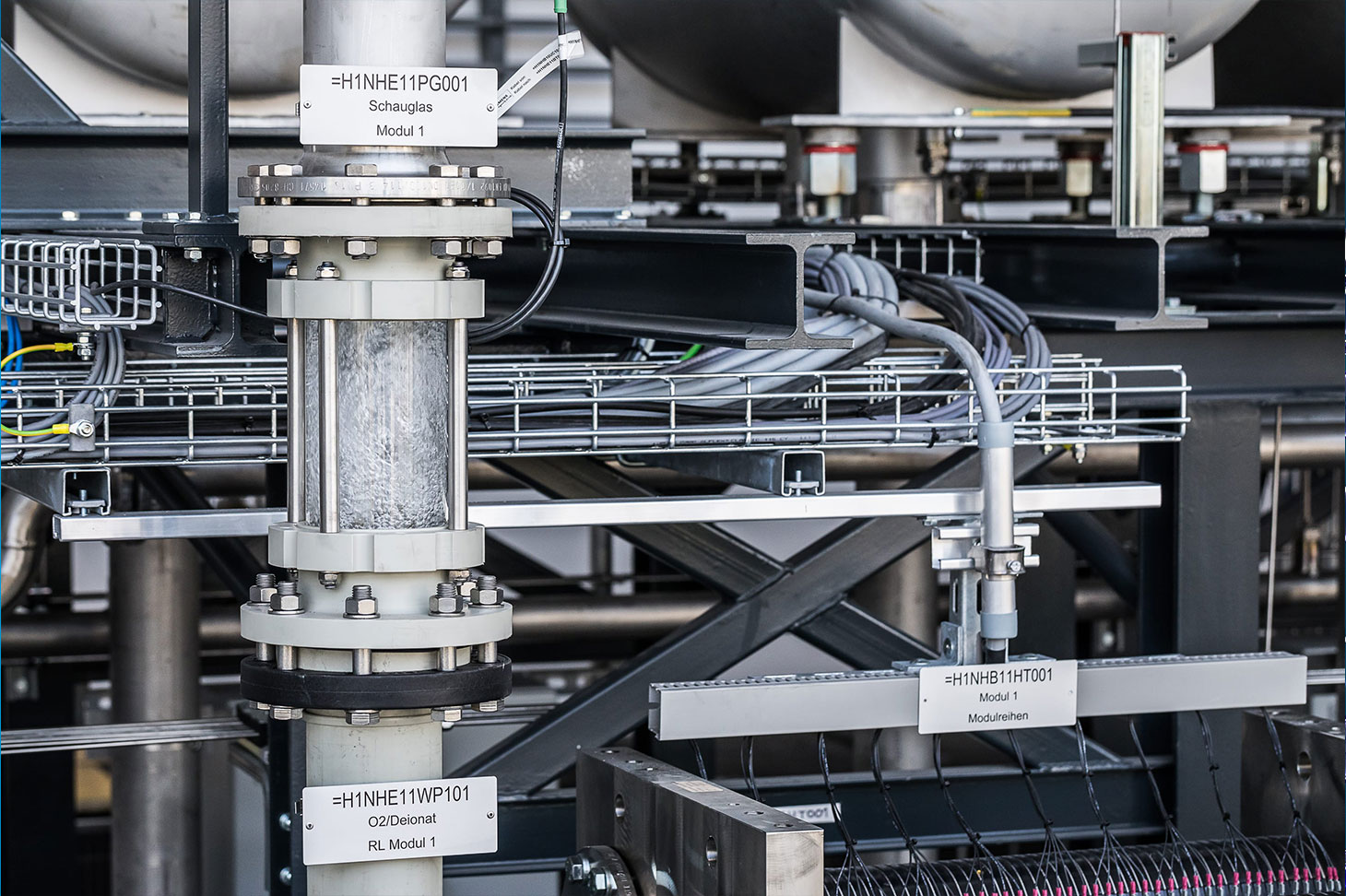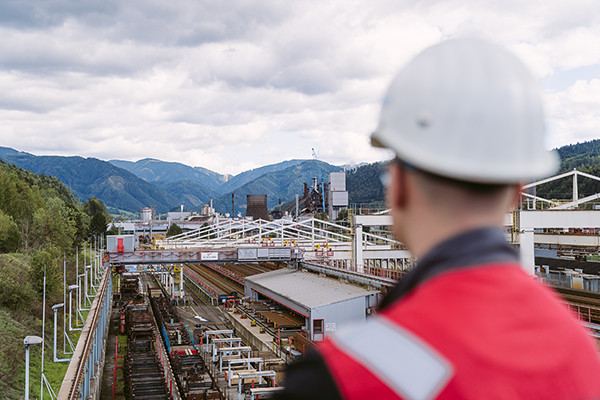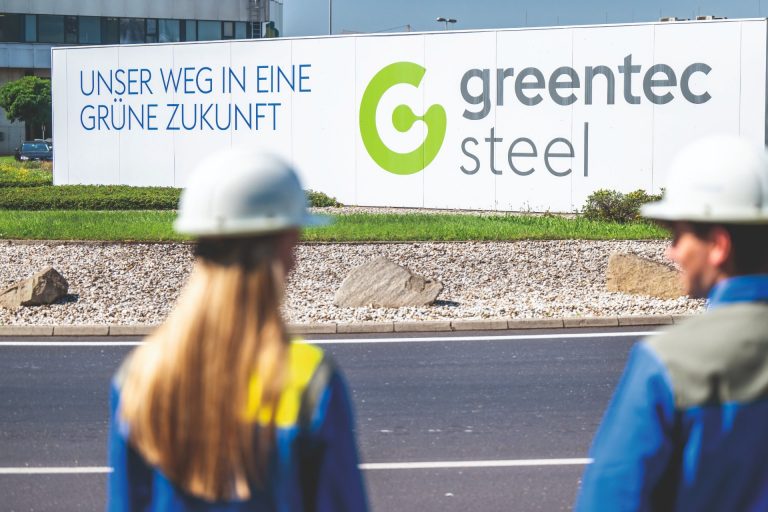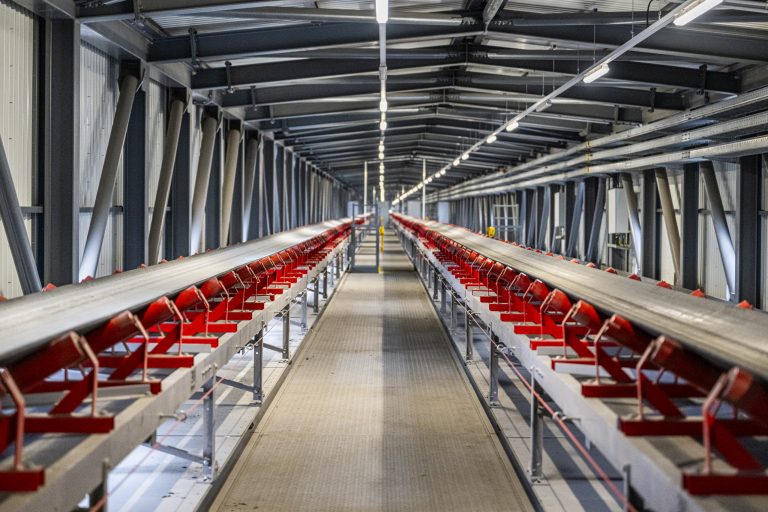Colorful hydrogen: What the color reveals about the origin
Hydrogen is the gas of the future – also for voestalpine. The Group is planning to gradually increase the use of green hydrogen in steelmaking in order to produce CO2-neutral steel by 2050. Although hydrogen is actually colorless, discussions about its origin are becoming really colorful.
- 3

